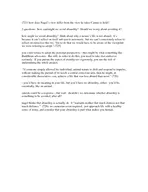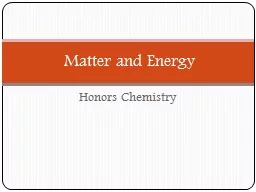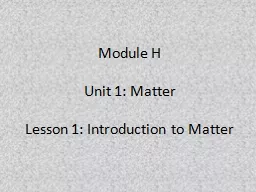PPT-Make your own Blue Matter –
Author : eatsyouc | Published Date : 2020-08-07
In Principle and in Practice Karlheinz Meier KirchhoffInstitut für Physik Astronomisches Kolloquium Heidelberg 2010 C Grupen Siegen DM particle Quantitative
Presentation Embed Code
Download Presentation
Download Presentation The PPT/PDF document "Make your own Blue Matter –" is the property of its rightful owner. Permission is granted to download and print the materials on this website for personal, non-commercial use only, and to display it on your personal computer provided you do not modify the materials and that you retain all copyright notices contained in the materials. By downloading content from our website, you accept the terms of this agreement.
Make your own Blue Matter –: Transcript
Download Rules Of Document
"Make your own Blue Matter –"The content belongs to its owner. You may download and print it for personal use, without modification, and keep all copyright notices. By downloading, you agree to these terms.
Related Documents














